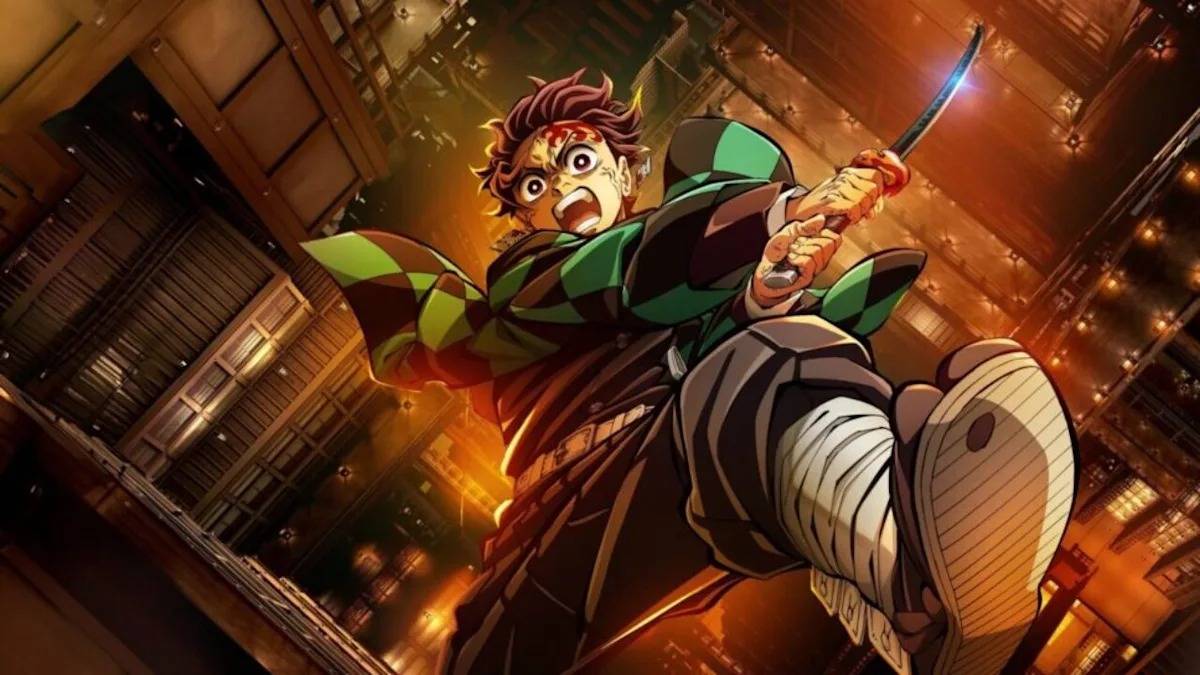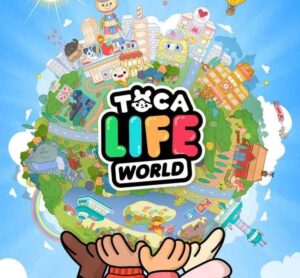Does ‘Demon Slayer: Infinity Castle’ Have a Post-Credit Scene? Well, Kinda
Popular Now
 BeamNG.drive
BeamNG.drive
 Among Us
Among Us
 Schedule I
Schedule I
 Fortnite
Fortnite
 Toca Boca World
Toca Boca World
 Auto X Drift Racing 3
Auto X Drift Racing 3
 Geometry Dash
Geometry Dash
 Brawl Stars
Brawl Stars
 Roblox
Roblox
 Stumble Guys
Stumble Guys  In the cinematic landscape of modern blockbusters, the post-credits scene has become a near-mandatory staple. From the Marvel Cinematic Universe to the DC Extended Universe, audiences are conditioned to stay in their seats until the very last credit rolls, eager for a glimpse of what’s to come. So, with the record-breaking release of Demon Slayer: Kimetsu no Yaiba – Infinity Castle, the biggest anime film in U.S. history, a major question on everyone’s mind is: should I stay after the credits? The answer is not a simple yes or no, but rather, a very intentional and emotionally resonant “kinda.”
In the cinematic landscape of modern blockbusters, the post-credits scene has become a near-mandatory staple. From the Marvel Cinematic Universe to the DC Extended Universe, audiences are conditioned to stay in their seats until the very last credit rolls, eager for a glimpse of what’s to come. So, with the record-breaking release of Demon Slayer: Kimetsu no Yaiba – Infinity Castle, the biggest anime film in U.S. history, a major question on everyone’s mind is: should I stay after the credits? The answer is not a simple yes or no, but rather, a very intentional and emotionally resonant “kinda.”
For fans expecting an MCU-style stinger—a short scene that directly sets up the next movie or a new character—the answer is no. The film, which is the first part of a new trilogy, does not have a traditional post-credits scene with new animated footage or dialogue. This is a common practice for many anime films, which often prioritize the emotional resonance of the ending rather than a direct teaser. Demon Slayer: Mugen Train also famously skipped a post-credits scene, opting instead to let the credits and music speak for themselves. This time, however, the Ufotable team has done something different and more meaningful for its dedicated fanbase.
What to Expect During and After the Credits
The journey through the Infinity Castle is a brutal and emotionally taxing one. The film’s ending, which leaves many of the main characters in a state of high-stakes peril, is intentionally unresolved, as it’s the beginning of a trilogy. As the credits begin to roll, the music swells, and you might be tempted to leave. But you should not. The credits are overlaid with a series of crucial, story-advancing visuals and emotional beats. These aren’t just bonus clips; they are an essential part of the film’s narrative conclusion.
- Narrative Progress: The main body of the credits shows key characters still fighting or regrouping after the initial chaos. We see brief glimpses of Mitsuri Kanroji and Obanai Iguro battling demons, Zenitsu reuniting with Inosuke, and Kanao getting ready to avenge Shinobu’s death. These scenes serve as a quick recap and show how each character is being positioned for the final war. They are not just bonuses; they are part of the main story that continues to unfold as the credits roll.
- A Tribute to the Manga: The climax of the film is a direct adaptation of the manga, and the credits are a direct visual link to the source material. It’s a powerful and respectful nod to the original work that serves as a rewarding experience for long-time fans who know what’s to come.
- The Final Visual: If you wait until the very end, after the second set of credits has finished rolling, you will be rewarded with a final, beautiful, still image. This single visual, an original illustration of all the Hashira together, is not a teaser for the next movie. It’s a touching and emotionally charged tribute to the journey so far. It serves as an emotional button to the long and arduous journey for Tanjiro and his demon-slaying allies, rewarding fans who stay to the very last frame.
The Emotional Weight of a Non-Stinger
The decision to include these visual cues during the credits rather than a standalone scene at the very end is a brilliant creative choice. It forces the audience to stay and reflect on the film’s emotional weight. It respects the narrative by not undercutting the final moments with a jokey or an out-of-place teaser. Instead, it offers a moment of catharsis and reflection, allowing the audience to bask in the emotional resonance of the ending while being given a clear view of the paths the characters are now on. The post-credits experience of Infinity Castle is a testament to the emotional maturity of the franchise. It’s a powerful and effective way to both update fans on the plot and deliver a truly memorable send-off for the first part of the trilogy. So, to all the fans who are headed to the theater, be sure to stay until the lights come up. It’s not just a post-credits scene; it’s a part of the film’s heart.







